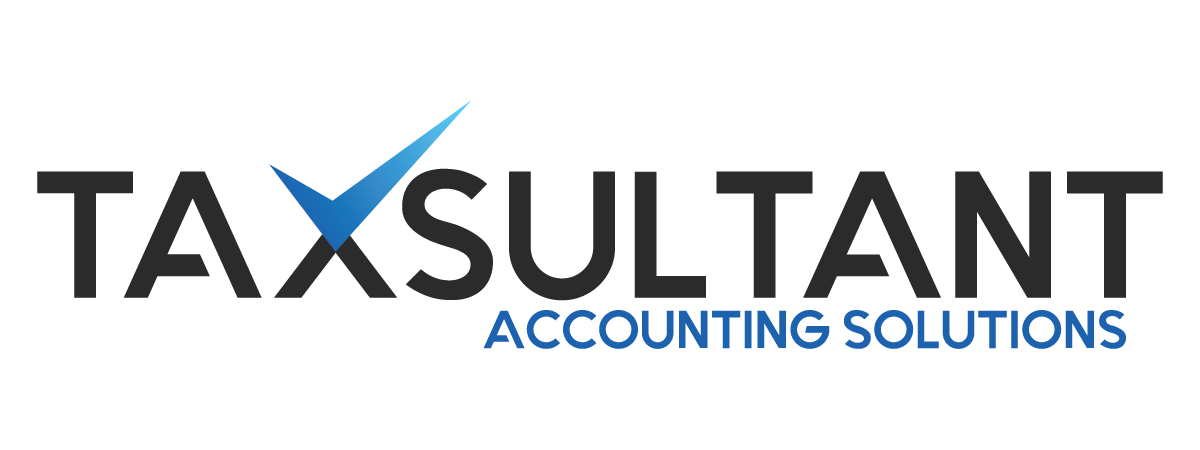ITR2 Filing
ITR-2: Income Tax Return for Individuals and HUFs
ITR-2 is one of the forms used for filing income tax returns in India. It is specifically meant for individuals and Hindu Undivided Families (HUFs) who do not have income from business or profession but have income from other sources such as salary, capital gains, rental income, and other investments.
The ITR-2 form is applicable to those taxpayers who do not earn income from a business or profession, as this category requires the use of ITR-3 or ITR-4 (for presumptive income). ITR-2 is typically used by individuals and HUFs with income from various sources such as:
- Salary/Pension
- Income from property (house property)
- Capital gains (e.g., from the sale of property, shares, mutual funds, etc.)
- Income from other sources (e.g., interest, dividends)
Who Should File ITR-2?
ITR-2 is to be filed by individuals and Hindu Undivided Families (HUFs) who meet the following criteria:
Income from Salary or Pension: If you are earning income from salary or pension but do not have income from business or profession.
Income from House Property: If you own any property (residential, commercial) and are receiving rental income, or if you have a property that you have sold during the financial year (capital gains arising from the sale of property).
Income from Capital Gains: If you have sold assets like property, shares, mutual funds, bonds, etc., and earned capital gains during the year.
Income from Other Sources: Income earned from sources such as interest on savings accounts, fixed deposits, dividend income, etc.
Foreign Income: If you have earned income from foreign sources or are a foreign resident, you may need to file ITR-2.
Other Specific Cases: Resident Individuals who have taxable income from assets in foreign countries or have any income from trusts or estates.
Note: If you have income from business or profession, you cannot file ITR-2 and should file ITR-3 or ITR-4 instead.
Structure and Components of ITR-2 Form
The ITR-2 form consists of various sections that collect detailed information about the taxpayer’s income, deductions, and taxes. It is divided into multiple parts for different categories of income and other declarations:
Personal Information: This section requires basic details such as name, address, PAN, and contact details.
Income Details: Salary/Pension: Details of income from salary or pension along with exemptions and deductions.
House Property: Income from property such as rental income or income from the sale of property (capital gains).
Capital Gains: Income arising from the sale of capital assets, including property, shares, mutual funds, etc.
Other Sources: Income from interest, dividend, etc.
Deductions: This section allows you to claim deductions under various sections of the Income Tax Act, such as:
Section 80C (Life insurance, PPF, EPF, etc.)
Section 80D (Health insurance premiums)
Section 80G (Donations to charity)
Section 80E (Interest on education loans)
Section 80TTA (Interest on savings accounts)
Tax Computation:This section involves calculating the total taxable income after considering all sources of income and applying deductions.
Tax Paid: This section records the tax already paid via TDS (Tax Deducted at Source), advance tax, and any self-assessment tax paid.
Other Details: Includes details of foreign income, foreign assets, and liabilities if applicable.
Declaration about the verification of the return, which should be signed by the taxpayer or authorized representative.
ITR-2 Form Filing Process
The process to file ITR-2 is relatively straightforward, and it can be done online through the Income Tax e-Filing portal. The steps involved are: Login to the e-Filing Portal:
Visit the official e-Filing website of the Income Tax Department at https://incometaxindiaefiling.gov.in and log in using your PAN and password.
Select the ITR Form: Choose ITR-2 from the available options for individuals and HUFs.
Fill the Required Details:Fill in your personal details, income details, deductions, and tax paid. Make sure to fill in all sections relevant to your income sources.
Attach Documents: Upload any required supporting documents like Form 16 (for salary), Form 26AS (tax credits), and proofs for deductions, such as medical insurance premiums, PPF contributions, etc.
Calculate Tax: The form will automatically calculate your tax liability based on the income, deductions, and tax credits you have entered.
Verify the Return: After completing the form, verify all the entered information. You can verify your return electronically via Aadhaar OTP, Net Banking, EVC, or by sending a signed copy of ITR-V to the Income Tax Department.
Submit the Return: Submit the form online after verifying. Upon successful submission, you will receive an acknowledgment receipt (ITR-V), which confirms the submission of your return.
Documents Required to File ITR-2
To file the ITR-2 form, you will need the following documents:
- PAN Card (for identity verification).
- Form 16: This is a certificate issued by your employer detailing the TDS deductions from your salary.
- Form 26AS: This is a statement that contains details of taxes paid, including TDS, advance tax, and self-assessment tax.
- Bank Statements: For details of interest income, etc.
- Capital Gains Details: If you have sold property, shares, mutual funds, etc., you will need details of the sale and purchase of these assets.
- Receipts for Deductions: Documents supporting deductions under 80C, 80D, 80G, etc. (e.g., insurance receipts, PPF passbook).
- Details of Foreign Income (if applicable).
Due Date for Filing ITR-2
The due date for filing income tax returns for individual taxpayers (except for those who are subject to audit) is usually 31st July of the assessment year. However, this date may be extended by the government if necessary.
Penalties for Late Filing
If the return is filed after the due date, penalties may apply under Section 234F of the Income Tax Act:
A penalty of ₹5,000 may be levied if the return is filed after the due date but before December 31 of the assessment year.
A penalty of ₹10,000 may be levied if the return is filed after December 31 of the assessment year.
For taxpayers with annual income below ₹5 lakh, the penalty is limited to ₹1,000.
Additionally, interest under Section 234A, 234B, and 234C may apply for late filing or non-payment of taxes.
Conclusion
The ITR-2 form is a detailed return for individuals and HUFs who have income from salary, capital gains, house property, or other sources but do not have income from business or profession. Filing ITR-2 is essential for taxpayers to report their income, claim eligible deductions, and pay the appropriate tax. Filing on time helps avoid penalties and ensures compliance with tax laws. Always ensure that the details provided in the return are accurate, and keep proper documentation for tax calculations and deductions.

